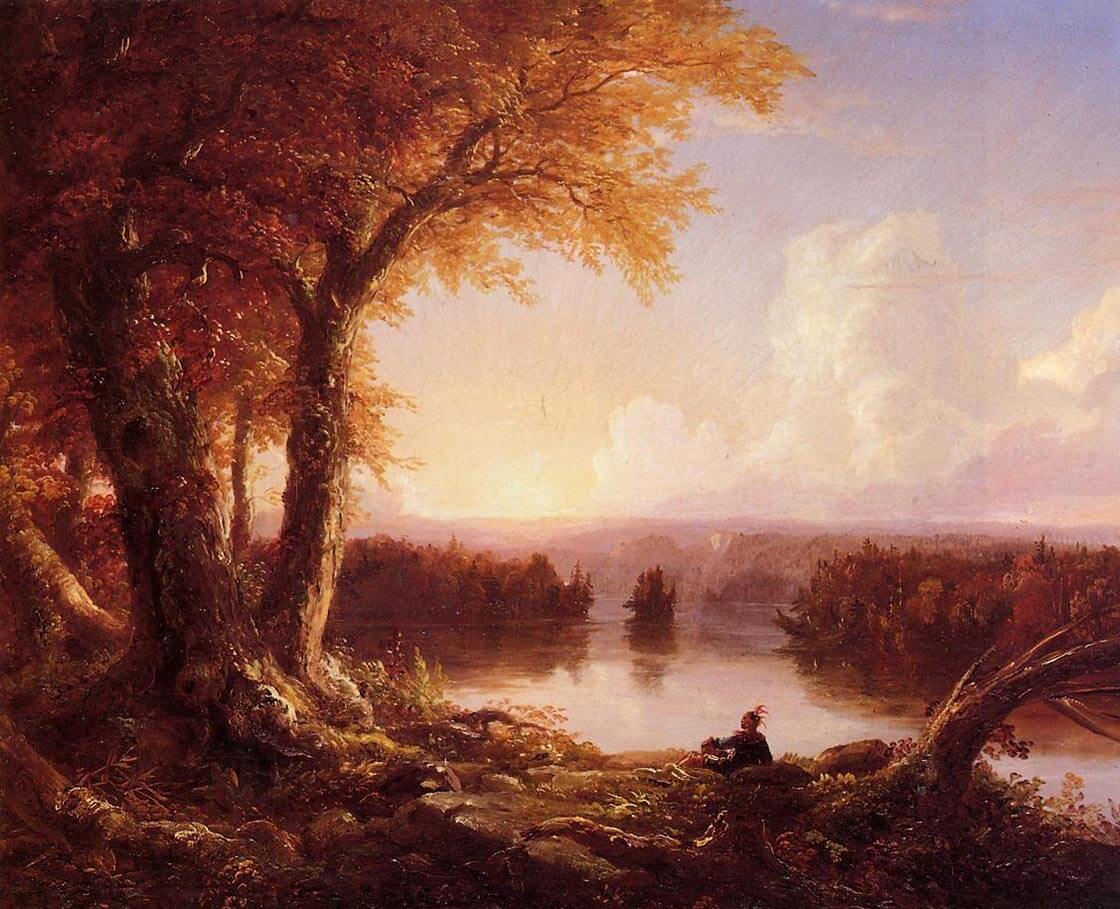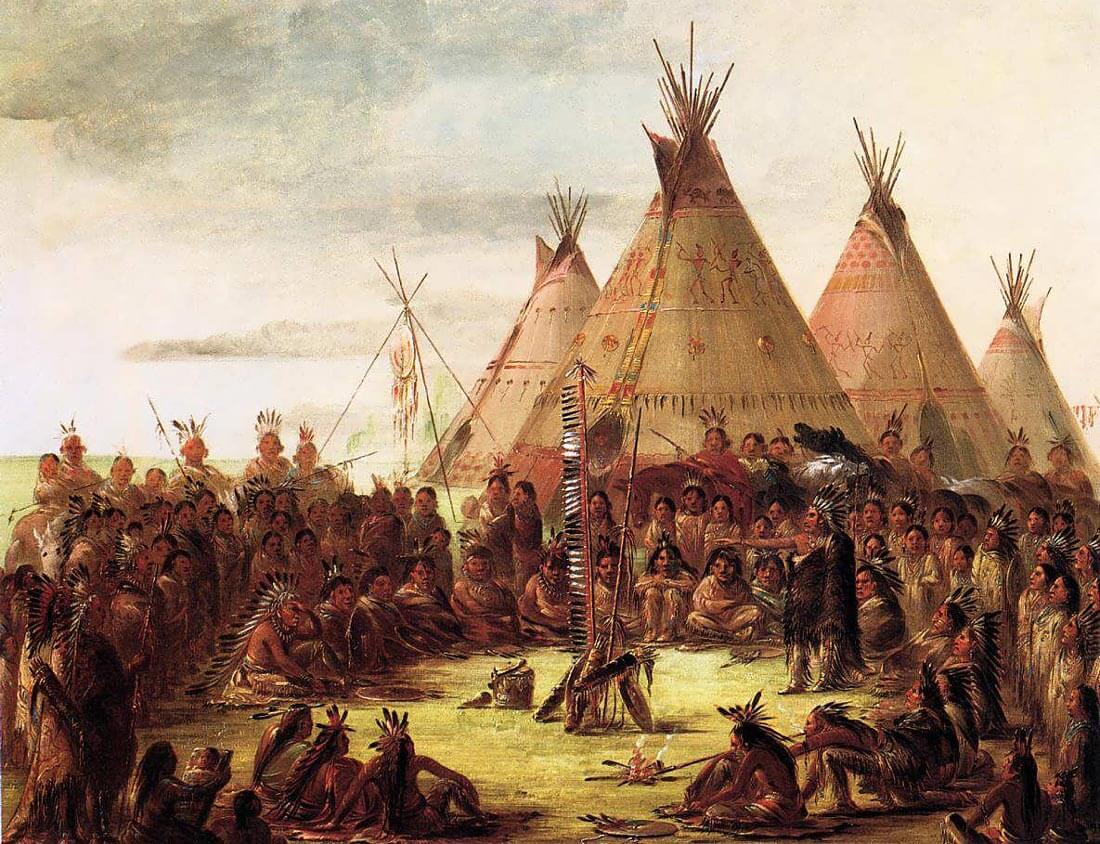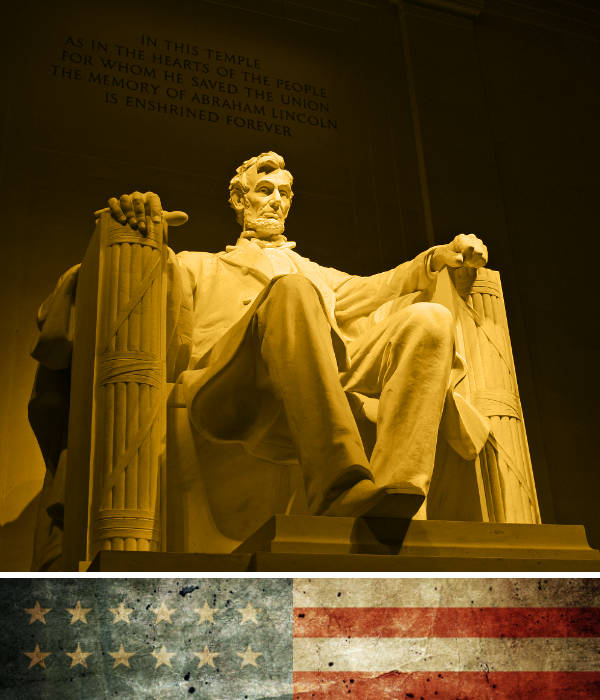Splendid isolation
Before there ever was America

Where today are the Pequot? Where are the Narragansett, the Mohican, the Pokanoket, and many other once powerful tribes of our people? They have vanished before the avarice and oppression of the white man as snow before the summer sun.
Tecumseh
There is so much that we do not know, and maybe never will. About the origins of modern-day humankind, and our migration from East Africa around 100,000 to 50,000 years ago, and our slow but sure dispersal, one step at a time, to all corners of the Earth. About our near extinction around 73,000 years ago when the super-eruption known as the Toba Event may have reduced the global human population to as few as five to ten thousand individuals. And about how humanity recovered, expanded, farmed, traded and prospered, spreading through Africa and Eurasia and eastwards, across the land bridge of what is today the Bering Strait and into the Americas.
We can be fairly certain that this is how the first people came to the American continents, but not when they did so, nor whether that was the only route by which they arrived. Genetic and linguistic differences from north to south point to several waves of migration: advocates of the shorter chronology suggest this began around 17,000 to 15,000 years ago, but others favour a much longer timeline, stretching back as far as 60,000 years. Carbon dating of artefacts identified at the Pedra Feruda archaeological site in northeastern Brazil place their origins as far back as 32,000 years old, supporting a much earlier initial settlement with larger and later waves of further migration.
Whenever they arrived, these first humans made their way across a strip of grassy forested land up to 1000 miles wide, over to Alaska. They probably ventured across Beringia in pursuit of herds of game, hunting bison, mammoths, giant sloths and beavers, deer, moose, lions and tigers, even camels and south down ice-free corridors towards the warmer equatorial climes and beyond, reaching Patagonia by around 9000BC. And with the end of the last Ice Age (around 10,000 years ago) the glaciers melted away and the seas roared back in, submerging Beringia and separating the hemispheres once more.
Over the millennia it took mankind to explore the Americas these successive groups of migrants fragmented into hundreds of different languages and cultures- by 1492 there were at least 375 distinct languages being spoken on the North American continent alone. In their time many tribes set aside nomadic hunting in favour of settled agricultural communities, thriving off maize (a type of corn), beans and squash (pumpkins, courgette and marrows). These crops spread out from Mesoamerica (south and central Mexico and central America), spreading north over the course of centuries, though in the further northern elevations the growing season was to short to rely upon them, and water too scarce in the Great Basin of the southwest. They perfected advanced techniques of pottery and weaving, and carved elaborate totem poles commemorating their ancestors. And just as we do not know when these peoples arrived in the Americas, so too it’s impossible to say quite how many of them there were: there may have been 2 million on the North American continent when the Spanish first set foot there, or there may have been 20 million. Yet none developed the written word, nor the wheel, nor basic iron manufacture.

None of the North American tribes developed societies as large or sophisticated as the Aztec, Maya or Inca civilisations of Central and South America, in large part no doubt to the fact that their territories were not fertile enough to support the highly stratified societies dominated by non-productive classes that developed to the south (though in the Pacific Northwest and down the west coast it was more the freely-available bounty of fish and sea life that deterred natives from the more labour-intensive agricultural path that could lead to excess food production). Native Americans in the north lived in less dense, more fluid social groupings for the most part than the highly-developed Mesoamerican empires, which left them far less vulnerable to the holocaust inflicted upon those populaces by the virulent European pathogens the Spanish carried with them, making the Europeans' taming and settlemant of the 'virgin' lands of the north a more gradual process than that of the dramatic Spanish domination of the south.
Nevertheless vast and interconnected trade networks flourished, as evidenced by the sea shells from both coasts unearthed far inland in the Midwest, and similarly mineral deposits from the American heartland finding their way to both seas. Large and technologically complex societies evolved. The Hohokam of Arizona constructed over 500 miles of canals to irrigate their crops, although the towns they supported were deserted long before the Spanish ever discovered them. The largest urban settlement in North America, Cahokia in present-day Illinois, contained over 120 giant earthern mounds and supported a population of around 15,000 at its peak in the 1200s, larger than contemporary London, although it too was later abandoned, centuries before European settlers arrived, possibly due to deforestation and the exhaustion of local resources. Native Americans practiced medicine (they used willow tree bark to treat fever and pain for instance, the basis for aspirin), they mined copper, lead and coal, devised advanced techniques of pottery, weaving, and metallurgy, harvested rubber and played with rubber balls, carved homes from the sides of cliffs and built road systems that spanned the Andes. They were the first to cultivate tobacco, chocolate, vanilla, and chilli peppers. They were doing OK. They didn't need to be 'discovered'.
We want freedom from the white man rather than to be integrated. We don't want any part of the establishment, we want to be free to raise our children in our religion, in our ways, to be able to hunt and fish and live in peace. We don't want power, we don't want to be congressmen, or bankers… we want to be ourselves. We want to have our heritage, because we are the owners of this land and because we belong here.
1927 Grand Council of American Indians
Their isolation may not have been entirely splendid. Some archaeologists maintain that similarities between the Solutrean flint tool-making industry of Western Europe (around 20,000 to 15,000BC) and the Clovis points (fluted stone spear points radiocarbon-dated at about 11,000BC) first identified in Clovis, New Mexico are evidence of a transAtlantic migration across the edges of pack ice (in a fashion still practiced by modern-day Eskimos). And while the notion of a Chinese fleet circumnavigating the globe and discovering America in 1421 has been widely discredited, the long-standing Norse tradition of Viking exploration and settlement of North America has been conclusively borne out by the discovery of the L’Anse aux Meadows site in Newfoundland, a Viking village on the North American continent dating back to around the year 1000. The harsh climate, long distance and difficult passage even from Greenland, and hostilities with the natives (whom they called Skraelings) led the Vikings to abandon their North American colony, but legends persisted in Scandinavia and Europe of fabled lands to the West, be they Hy-Brasil, Cibola, Tir-na-Og, or even Atlantis. The Americas could not remain an island, complete unto themselves, forever, and it was always a matter of when, not if, they would be rejoined to the main. And given the wildly divergent technological development and those of the Europeans who were next to ‘discover’ them, it is highly unlikely that it could ever have been anything less than catastrophic.
Thanks in part to Columbus’ early sales pitch depicting America as a paradise on earth, as well as Rousseauian notions of the ‘noble savage’, and lingering guilt over how they were treated, the native American societies have often been romanticised by a remorseful posterity. Their civilisations were far from savage, but they weren’t especially noble either. While a recurring, though far from dominant, model of matrilinear leadership and more communal systems of property ownership may easily chime with modern ideals of enlightenment, they were more than capable of brutal and bloody wars, and quickly succeeded in hunting the mammoths and many other native large mammals to extinction. It's true that some Indian societies seem to be examplary models of zero-waste - as Spanish explorer Francisco Coronado observed of the Great Plains buffalo hunters: With the skins they build their houses; with the skins they clothe and shoe themselves; from the skins they make ropes and also obtain wool. With the sinews they make threads, with which they sew their clothes and also their tents. From the bones they shape awls. The dung they use for firewood, since there is no other fuel in that land. The bladders they use as jugs and drinking containers.
But this was often virtue born of necessity, and once they began hunting with guns and horses this thrifty and respectful efficiency soon vanished. Some strove to live in harmony with their natural environment, while others were more opportunist, exhausting local game stocks and soil fertility before moving on to new territory. They were strangers to neither trade nor conquest nor slavery. Neither particularly barbarous nor particularly beautiful, they were men, women and children living as men, women and children did.
This is not their story.
The Indians, being the prior occupants, possess the right of the soil. It cannot be taken from them unless by their free consent, or by the right of conquest in case of a just war. To dispossess them on any other principle, would be a gross violation of the fundamental laws of nature, and of that distributive justice which is the glory of a nation.
Secretary of War Henry Knox, 1789
Bibliography
- Brogan, H. (2001) The Penguin History of the United States of America (2nd ed.), London, Penguin.
- Hakim, J. (2003) The First Americans. New York, Oxford University Press.

